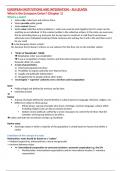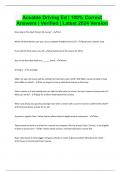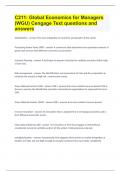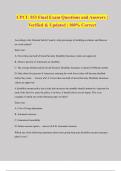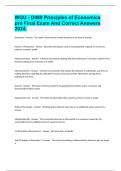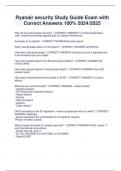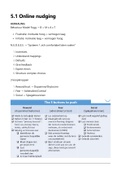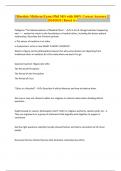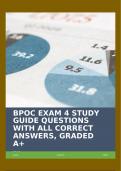Samenvatting
Overzichtelijke samenvatting van de slides + notities uit les en boek
De slides in een overzichtelijke samenvatting, aangevuld met uitgebreide notities van alle colleges en gastcolleges. Ook de Europese actualiteit ('topkcal issues') aan het begin van de les zijn begrijpelijk samengevat. Voor het vak 'Institutions and Policy of the European Union' door professor Wou...
[Meer zien]
